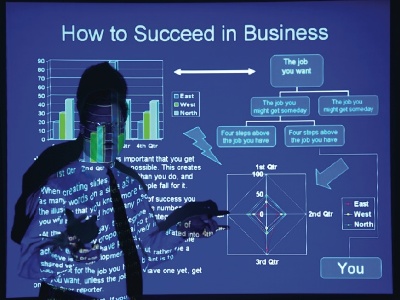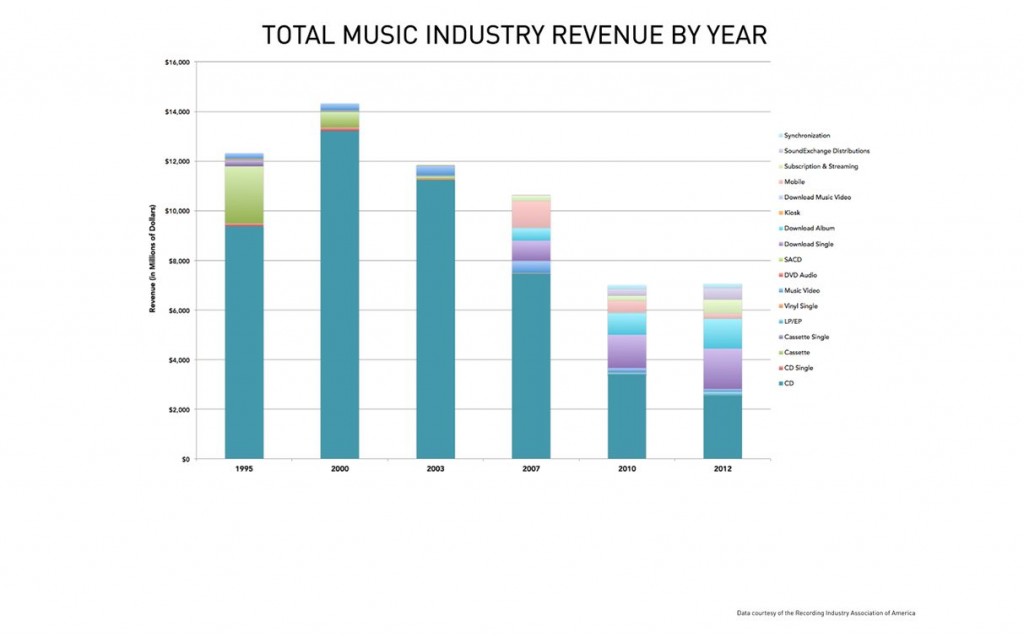Peter Block in his book “Flawless Consulting” – one of the bibles on consulting – makes the point that between the different editions of the book which spanned from the early 1990’s to the 2010’s, the following evolution happened in consulting – and more generally in problem solving:

- in the 1990’s (and before) it was all analytically driven
- in the 2000’s it was about “whole group participation”, i.e. getting groups of people transverse to the organization and representative of all levels defining and implementing solutions (in a very Total Quality Manner)
- in the 2010’s it is about “positive deviance” – also called appreciative inquiry, i.e. finding those few areas which work much better (instead of focusing on the problem) and figuring out what is making the difference. This has spread in coaching as well as more general solution finding and implementation.
This is an excellent summary of how we have moved into the Fourth Revolution: from the analytic perspective of the Industrial Age into increased collaboration and finally into creative development of isolated successes.
In what stage is your organization and life at the moment? What about moving into appreciative improvements?







